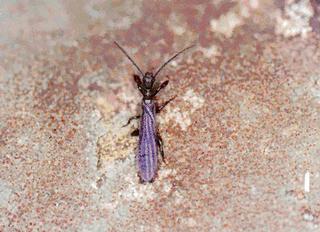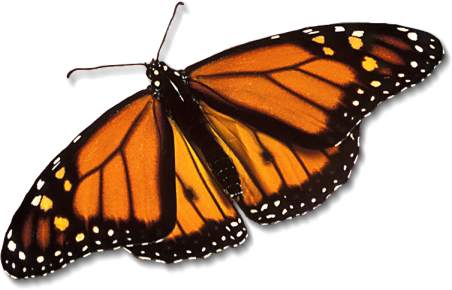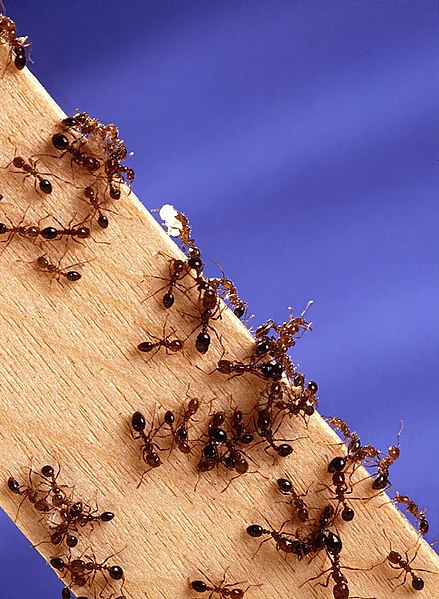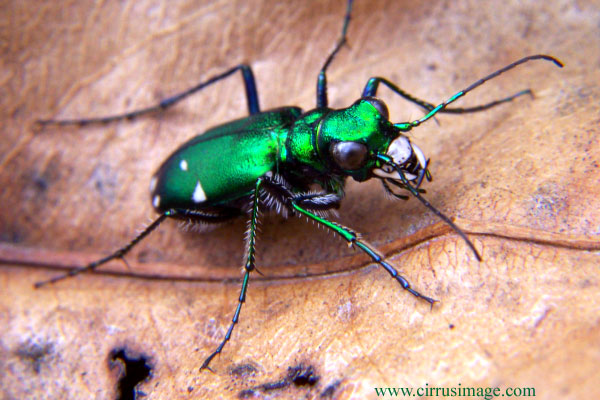
Webspinners are not a very common insect. They are very small and slender. The male webspinners have a flattened body and the females are cylindrical in shape. Female Webspinners fead on dead leaves and the males feed on other insects.
This blog is the product of a short investigation of arthropods by 7th grade science students. Student work is posted as it was submitted.


 Ever seen on of those orange and black butterflies? Well, that's a Monarch Butterfly. It's the mostly known butterfly in North America, and it's famous for its unbelievable migration, it migrates all the way to Mexico in the fall! Why it migrates is because of the same reason lots of animals do!-because it's getting cold! [brrrrrrrrrr.]
Ever seen on of those orange and black butterflies? Well, that's a Monarch Butterfly. It's the mostly known butterfly in North America, and it's famous for its unbelievable migration, it migrates all the way to Mexico in the fall! Why it migrates is because of the same reason lots of animals do!-because it's getting cold! [brrrrrrrrrr.]




 This Moon Moth is named after Luna, the Roman goddess of the moon, is one of the most spectacular-looking moths, with sweeping tails and feathery antennae. Unfortunately, it is threatened by the use of pesticides. Its habitat is in leafy forests and it mostly lives in Eastern United States and Southern Canada. It changes its colors from yellowish green to pale bluish green, depending on the location and season. The sexes of Moon Moth are similar, but the male has more strongly feathered antennae. When the male is looking for a mate the antennae can sense the female from five miles away. The larva feeds mainly on Sweet Gum , hickory, walnut, birch, and oak, but the male larva's don’t feed. When you see the cocoon it looks like a piece of paper in a ball form but it is very tough. :) .
This Moon Moth is named after Luna, the Roman goddess of the moon, is one of the most spectacular-looking moths, with sweeping tails and feathery antennae. Unfortunately, it is threatened by the use of pesticides. Its habitat is in leafy forests and it mostly lives in Eastern United States and Southern Canada. It changes its colors from yellowish green to pale bluish green, depending on the location and season. The sexes of Moon Moth are similar, but the male has more strongly feathered antennae. When the male is looking for a mate the antennae can sense the female from five miles away. The larva feeds mainly on Sweet Gum , hickory, walnut, birch, and oak, but the male larva's don’t feed. When you see the cocoon it looks like a piece of paper in a ball form but it is very tough. :) .






 You can remember what a Tiger Beetle looks like by its very strong fore wings. Those wings are called elytra. The fore wings cover the softer wings used for flying. When the Tiger Beetle is realxed, the fore wings regularly meet in a straight line in the middle of the back. When they are larvae they don't look like adults, they completely change into a different form.
You can remember what a Tiger Beetle looks like by its very strong fore wings. Those wings are called elytra. The fore wings cover the softer wings used for flying. When the Tiger Beetle is realxed, the fore wings regularly meet in a straight line in the middle of the back. When they are larvae they don't look like adults, they completely change into a different form. The Doodlebug is formally known as the Ant Lion, and the Ant Lion is formally known as Myreleontidae.
The Doodlebug is formally known as the Ant Lion, and the Ant Lion is formally known as Myreleontidae. Or if they are in sandy areas they make a cone like trap in the sand for other bugs to slip into. This is how the Ant Lion got it's nickname "Doddlebug"
Or if they are in sandy areas they make a cone like trap in the sand for other bugs to slip into. This is how the Ant Lion got it's nickname "Doddlebug"